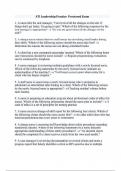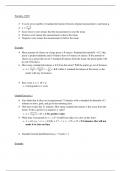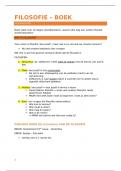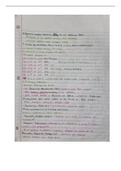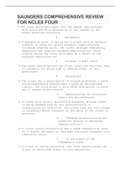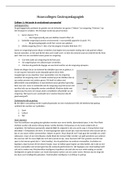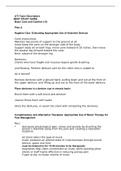Summary
Bio 2311 Cellular Level Organization Summary
- Course
- BIO 2311
- Institution
- New York City College Of Technology
This comprehensive and detailed summary discusses cellular level organization, cell structures, genetic code, and its life cycle, and the different ways that cell transport substances.
[Show more]




